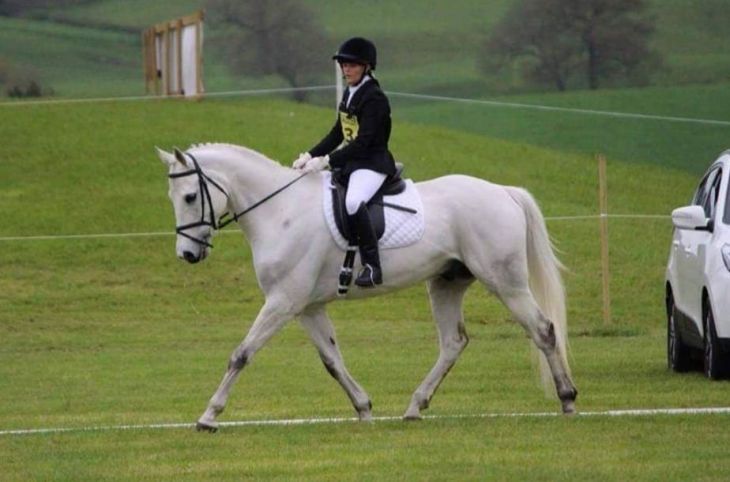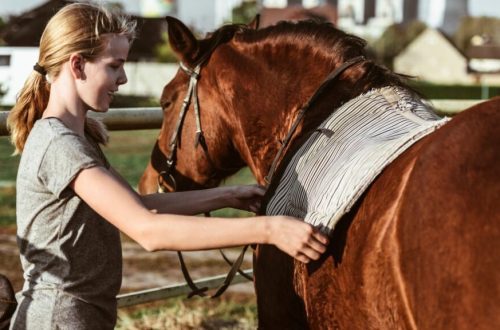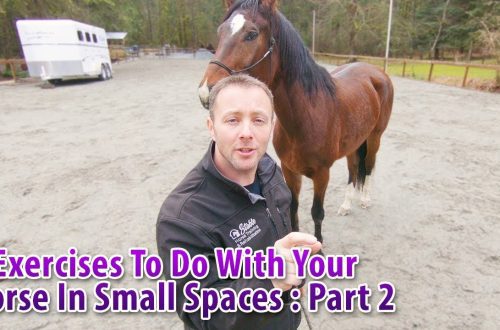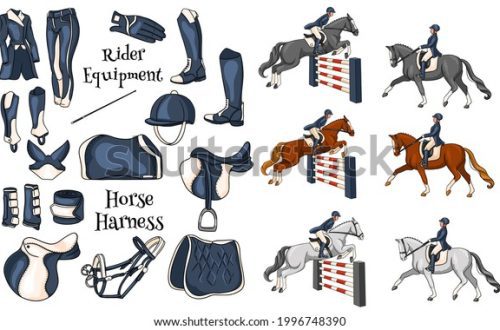
How to learn to follow the movements of the horse on transitions?
How to learn to follow the movements of the horse on transitions?
Question: I find it difficult to follow the movements of the horse during transitions. It’s hard for me to stay where I am. The horse easily pulls me out of the saddle, and during transitions, especially downward ones, I sit not on the sitting bones, but on the perineum. I feel like leaning back won’t help me. Can you suggest any exercises that would help me to keep a stable position in the saddle during transitions?
Answer: in a smooth transition the horse will maintain balance, flexibility and momentum he will shift more weight from forehand to hindquarters, without losing the momentum created by the rear legs, like an airplane landing on a runway. If the aircraft’s nose goes down and the energy is reduced during or before landing, a crash occurs.
The most common mistakes that riders make and cause a difficult transition are tension in the body, loss of proper position and balance, holding oneself in the saddle with the reins. All of these errors are due to weak core muscles.
Deviation back on descending transitions really cannot help. When you lean back on downward transitions, the bones of your seat are pressed into the horse’s back, causing the horse to drop back, put weight on the forehand, lose momentum, and put the hind legs out (not under the body). In fact, leaning back will only exacerbate the problem of the horse’s weight falling into the rider’s hands, rather than correcting the situation.
For a good transition, you must maintain an independent position, your core must be strong, and you must be in balanced alignment from head through shoulders, hips, and toes. If you fall on the forehand and lose balance, the horse will also lose balance and fall on the forehand into your hands.
Instead, weight your seat, tighten your upper abdominal muscles, and tighten your mid-back muscles as if you were taking a deep breath. If you feel the horse pulling, support him with your core, shoulders, and upper back instead of your arms, and consider shifting the excess weight to a balanced seat.
I’ll pretend I’m an oak and if something pulls on my branches, I’ll put my weight on the trunk (core) and roots (butt) instead of reacting like a willow, whose branches are more flexible and easy to pull forward and tilt the stem. I will not use my hands to maintain my balance. When we behave like an oak, we are not hanging on the horse’s mouth trying to balance – our “trunk” helps us maintain a strong, balanced position.
Another important point to keep in mind is that if you use your arms before engaging the seat, you are forcing the horse to pull on the reins in downward transitions.
To learn how to fire with your seat first and then with your hands, and to encourage your horse to listen to your seat, it is helpful to practice the following: exercise.
We start with a working gait. It must be of high quality and balanced. When you ask for a downward transition, sit high with your weight on your seat and legs, stopping the movement of your back and core. If the horse doesn’t listen or falls on the forehand, immediately apply more force with the reins, backing it up with a strong core signal to help the horse understand what you want. Over time, your horse will begin to understand that the seat is already a half halt, and the arms are an addition.
One of the most common problems that contributes to you losing the correct position in difficult transitions is your poor physical condition. I am sure that a combination of Pilates and yoga exercises can make you stronger. They will be very efficient. In these exercises, you work the anterior, lateral, and posterior core muscles. Stretching exercises are also important, as they loosen up your body and prevent you from getting stuck due to bad postural habits that come with riding.
Remember that in order for the transitions to be balanced, the horse must maintain balance and energy and not fall on the forehand. As a rider, you need to ensure that you have a strong, non-tight, non-tight, non-blocking seat, so as not to disturb the balance of the horse and be ready to support or help his balance, to keep weight on the hindquarters. To achieve these goals, an independent posture and strong core muscles are essential. Don’t neglect exercises that you can do out of the saddle! By improving your core and posture, you will become a more efficient rider!
Katie Höfs-Martin (source) translation Valeria Smirnova.





